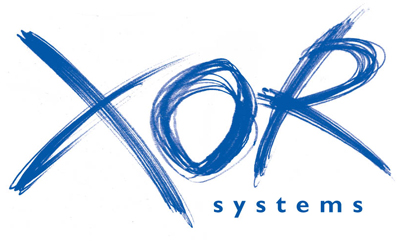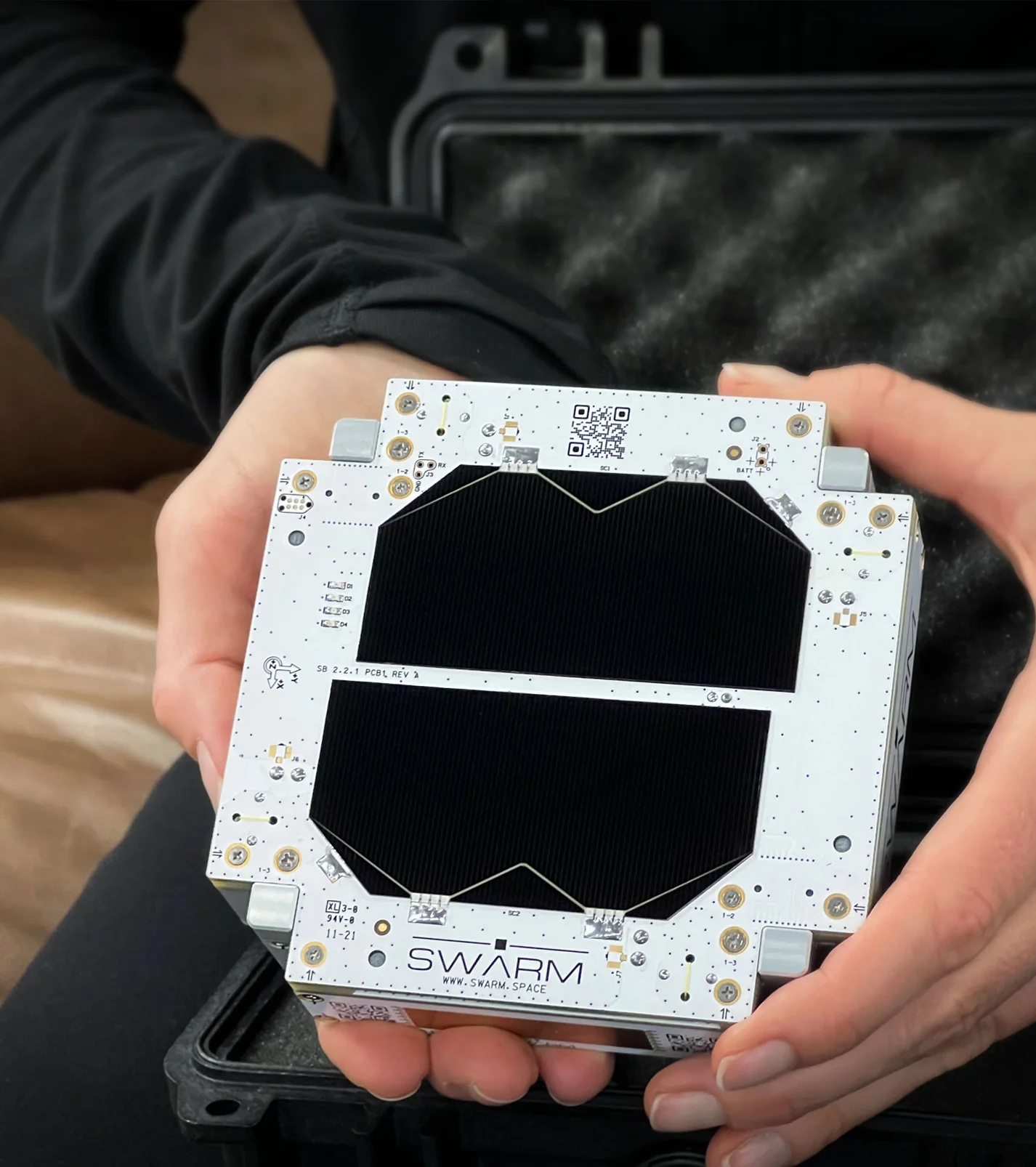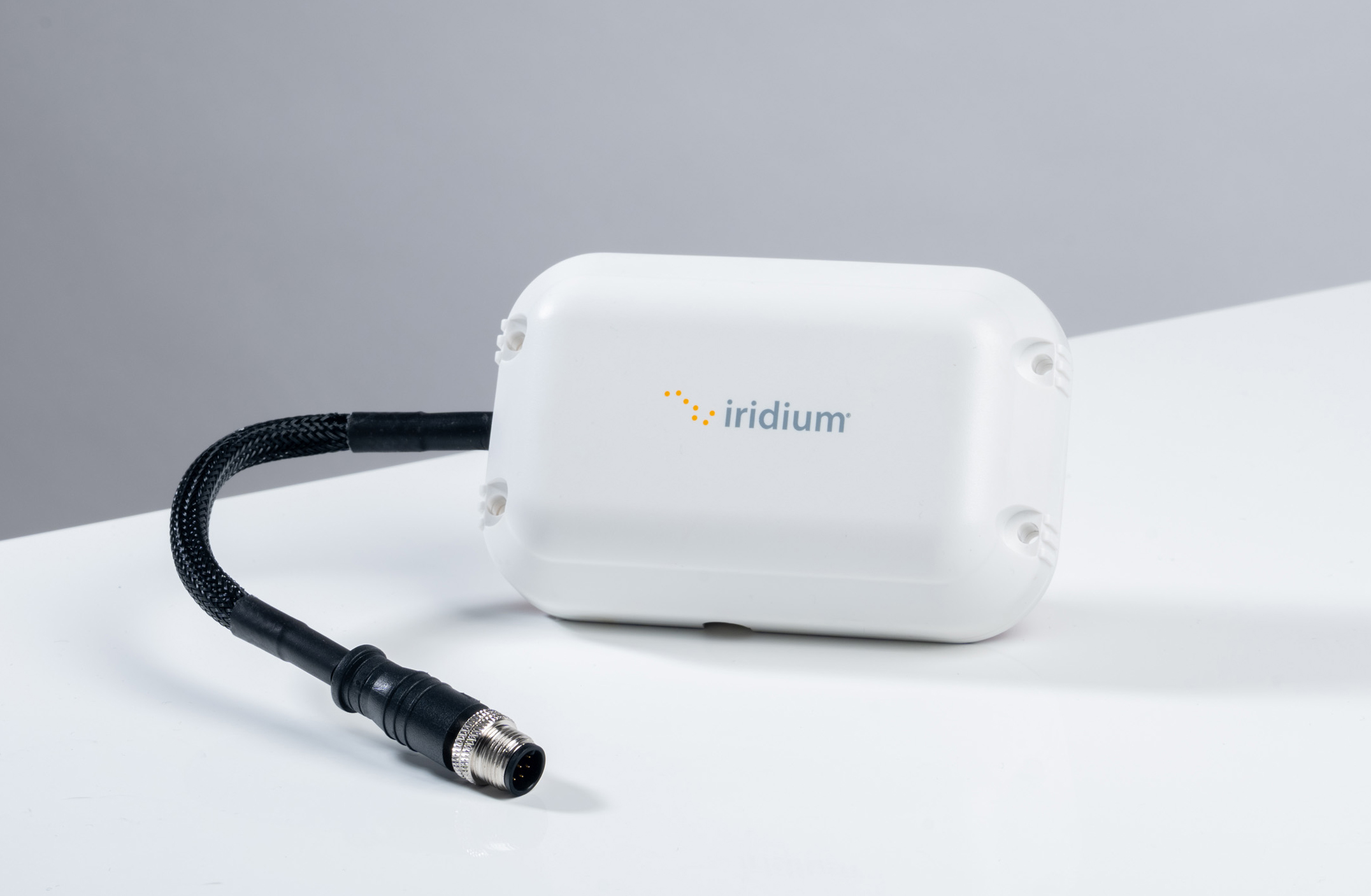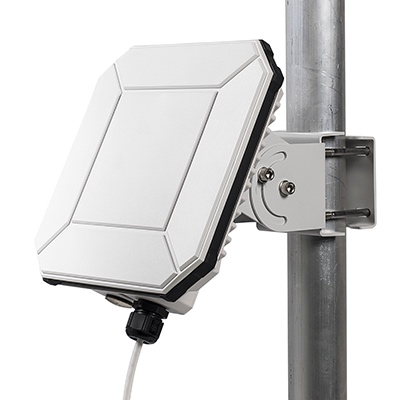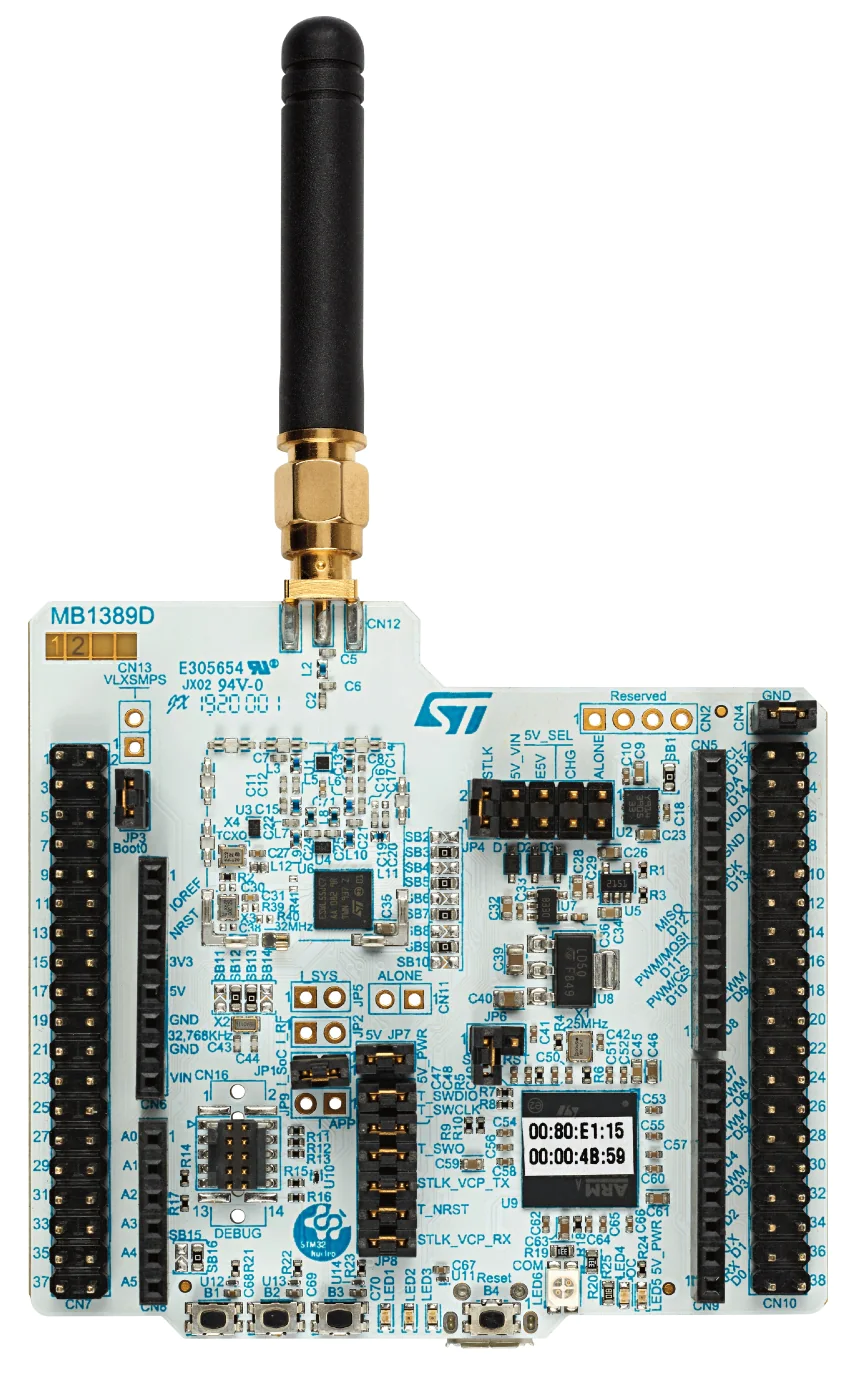Satellites & the Internet of Things 12-08-2023
Satellite communications are a critical component of modern communication systems, providing global coverage and enabling connectivity in remote and hard-to-reach areas. In recent years, the Internet of Things (IoT) has emerged as a new paradigm in which billions of devices and sensors are connected to the Internet, creating an interconnected network of devices that can communicate with each other and with the cloud.
For IoT applications that require wide-area coverage, such as asset tracking, environmental monitoring, and precision agriculture, satellite communications offer a reliable and cost-effective solution. Satellites can provide connectivity in areas where terrestrial networks are unavailable or unreliable, making them ideal for applications in remote and rural areas.
Satellite communications for IoT are still a relatively new and evolving field, with ongoing efforts to improve satellite technology and reduce the cost of connectivity. As the demand for IoT connectivity continues to grow, satellite communications are likely to play an increasingly important role in enabling global IoT deployments.
Iridium is a leading provider of global satellite communications, offering a range of solutions for communications, the company in the last few years has begun offering devices that leverage their existing communication satellites of lower bandwidth IoT satellite communications.
One of the unique features of Iridium's IoT offerings is its support for over-the-air (OTA) programming, which allows devices to be updated remotely without the need for physical access. This is particularly useful for IoT deployments in remote and hard-to-reach areas where physical maintenance may be difficult.
In addition to Iridium, there are other satellite terminals available for IoT applications that offer greater versatility in terms of connectivity options. These types of terminals allow for connections to both satellite and ground networks, which ensures that IoT devices have connectivity at all times, regardless of the location or network availability.
This is particularly useful for IoT applications that require non-stationary devices, such as those used in transportation, logistics, and asset tracking. These devices often need to move across different regions or even countries, making it difficult to rely on local mobile networks for connectivity. In such cases, satellite terminals with dual connectivity options can provide reliable and consistent connectivity for these IoT devices.
Moreover, these versatile satellite terminals can also offer a more cost-effective solution for IoT connectivity, especially in areas where terrestrial networks are limited or non-existent. By leveraging satellite communications, IoT devices can transmit data over long distances without the need for expensive infrastructure investments, which can be particularly beneficial for remote and rural areas.
The emergence of low-cost solutions for super low data-rate IoT communication solutions is a recent development that offers an alternative to traditional satellite and terrestrial network solutions. One example of such a solution is the use of off-the-shelf microcontroller development boards like the STM32 Nucleo-64 development board with STM32WL55JC MCU.
These microcontroller development boards are equipped with wireless communication modules that enable long-range, low-power communication using LoRa modulation technology. LoRa technology is designed to provide long-range coverage with low power consumption, making it an ideal choice for IoT devices that require low bandwidth connectivity over a wide area.
With the use of these microcontroller development boards, it is possible to create low-cost IoT devices that can communicate with each other or with the cloud, enabling a range of applications such as asset tracking, environmental monitoring, and smart agriculture.
While satellite communications are a reliable and cost-effective solution for wide-area IoT connectivity, they may not be suitable for some applications due to their higher cost and power requirements. In contrast, low-cost solutions like microcontroller development boards with wireless communication modules can provide a more affordable and flexible option for low data-rate IoT communications.
It is important to note that these low-cost solutions are still in their early stages of development and may not offer the same level of reliability and coverage as traditional satellite and terrestrial network solutions. However, they have the potential to become an increasingly important part of the IoT landscape, especially for low data-rate applications in remote and hard-to-reach areas where cost and power consumption are critical factors.
